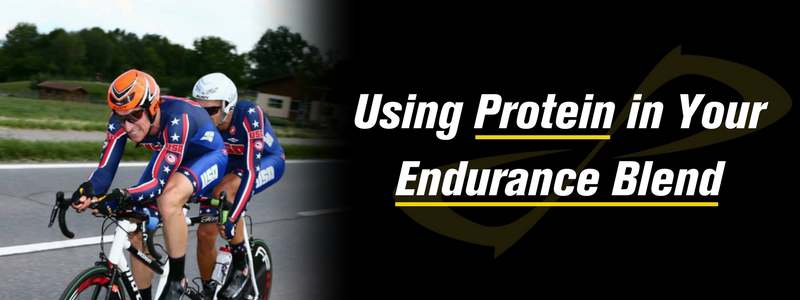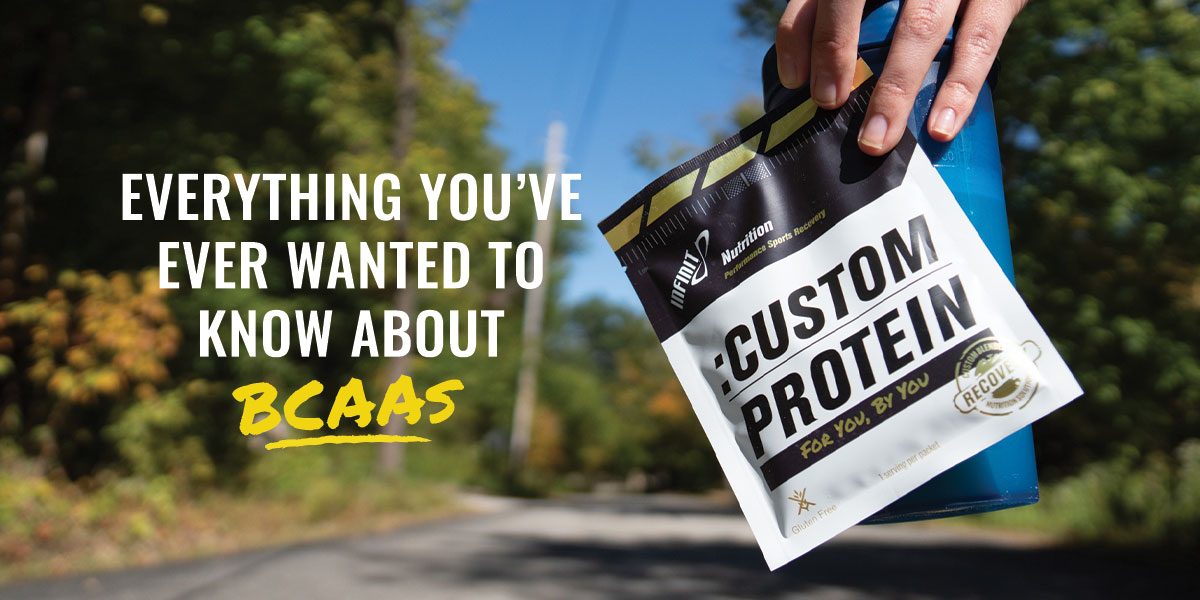Coaching Corner: Ingredients for Great Endurance
- Jul 13, 2015

In writing Novemberʼs article on endurance tips, it was hard to narrow down to just a couple of items that would be the most bang for the buck, so to speak. Therefore, I decided to continue last monthʼs theme and expound upon a few more components for great endurance.
Interval Training- The main focus I highlighted last month was the importance and end results of good interval training. This month, I wanted to continue with a more detailed approach to setting up an interval workout. Like opinions, for everyone you ask, you can get a different perspective. So it is with interval training. However, I want to draw out a specific example for you.
Ready?
First, I suggest you find a hill that will take you a minimum of three minutes to climb, preferably four minutes. Itʼs best if the hill has a sustained assent the entire way but if there are a few flat spots, that is not a deal breaker.
Second, you want to identify a starting point for the climb, as this waypoint is important going forward. Also, you need to identify the same ending point, as well. Once you have these two spots identified, then you are ready for the next step.
Third, begin your climb and start your stopwatch at the point that you cross your starting point for the climb. The KEY to your first climb is to establish a time that it takes you to climb from starting point to end point. But, make sure you climb at a pace that you can repeat, because you have four more repeats to complete. For example, if your first climb took 3 minutes and 45 seconds, then this now becomes your target time for the remaining four climbs. In other words, you want to finish your four climbs at or before this target time. Therefore, it is important NOT to go ballistic on your initial climb because you probably will not be able to repeat four more climbs. Make sense?
Forth, comes your rest or recovery time in between each climb. Going off your established 3:45 time, this also becomes your total recovery time, too. Here is how this component works. As soon as you reach the end point of your climb (hopefully you
finished within your 3:45 time), you now have the same amount of time to descend the climb, recover and be ready to start your next repeat. Yes, your descent time is included. As soon as that 3:45 time has expired, you start your next repeat. At a minimum, you want to do four climbs but an additional climb is best. Obviously, the last two repeats will be your toughest and will cause you to push yourself to get to the top within your 3:45 timeframe. This interval, or hill repeat, training is all about a continual effort of exertion, so be careful with your initial approach. The more interval sessions you do, the more you build up your overall strength, that will in turn help your overall endurance.
Breathing
Wow, now this topic is a biggie. The vast majority of cyclists breathe from the top of their lungs, without ever engaging their diaphragm. This incorrect breathing will dramatically impair how fast you can recover. Statistics show that if you breathe with your diaphragm first, you actually breathe in 80% more oxygen compared to breathing with your lungs first; thatʼs HUGE.
Why?
If you have more oxygen that is getting into your bloodstream, that same oxygen will eventually reach your muscle fiber. This
interaction is the trigger to recovery. The more oxygen, the faster recovery. Ever wonder why professional singers are able to hold a note so long? This is why. They are using their diaphragm first, then their lungs when they inhale. I call this “compartmental breathing”. The goal is to inhale with your diaphragm first, then fill up your lungs; not the other way around. However, you exhale the exact opposite. But, this is only half of the equation. The other half is getting all the air out when you exhale. In other words, if you only exhale 80%, then how much can you inhale? Eighty percent. This step requires you to use and flex your ab muscles to force everything out. With your ab muscles flexed, as soon as you release them, oxygen is rushed in much faster. This seemingly minor component creates major results for your recovery. And, recovery directly affects your endurance.
Of all the things I have taught my clients in the last six years, this effective breathing has been the hardest for them to implement. Think about it. Have you ever consciously thought about how you breathe? Most have not; it is just something that our bodies naturally do. Breathing is probably one of the most unconscious things we do and to actually begin to start thinking about it is certainly not natural. The way I have coached my clients to help attack this very unnatural component is to take small steps and then constantly build upon it over time. For example, every hour on the hour, take one minute and consciously think...and control...your breathing by inhaling with your diaphragm only; forget about your lungs for this drill. Once you get this first step under your belt, then do the same thing but now do this drill every half hour for the same minute time-frame. If you can maintain this pace, then you would want to extend that minute time-frame to five minutes; first on the hour and then moving to every half hour. Your ultimate goal is to get to five minutes of conscious breathing at every fifteen minute intervals. Oh, this sounds like a cake walk but I assure you it is not. Master this compartmental breathing and watch your recovery times decrease and your endurance increase.
These two aspects of interval training and compartmental breathing are certainly not impossible to tackle but they do take time. As you begin to hit these two head on, I would suggest you read or re-read last monthʼs article where I focused on mental. toughness. If you set your mind and conscious thoughts in a positive manner first, then you will have far better success. Remember, just setting out to achieve a goal is one thing; having the right mindset is another.
See you on the road...
Robert
Robert Wilhite started MyCycleCoach.com, a professional coaching business for cyclists, in 2005 and works with beginners to elite racers. He is the Head Cycling Coach for the Atlanta Triathlon Club and he also founded the Jackson County
Brevet charity ride that is held every June in Braselton, GA.










